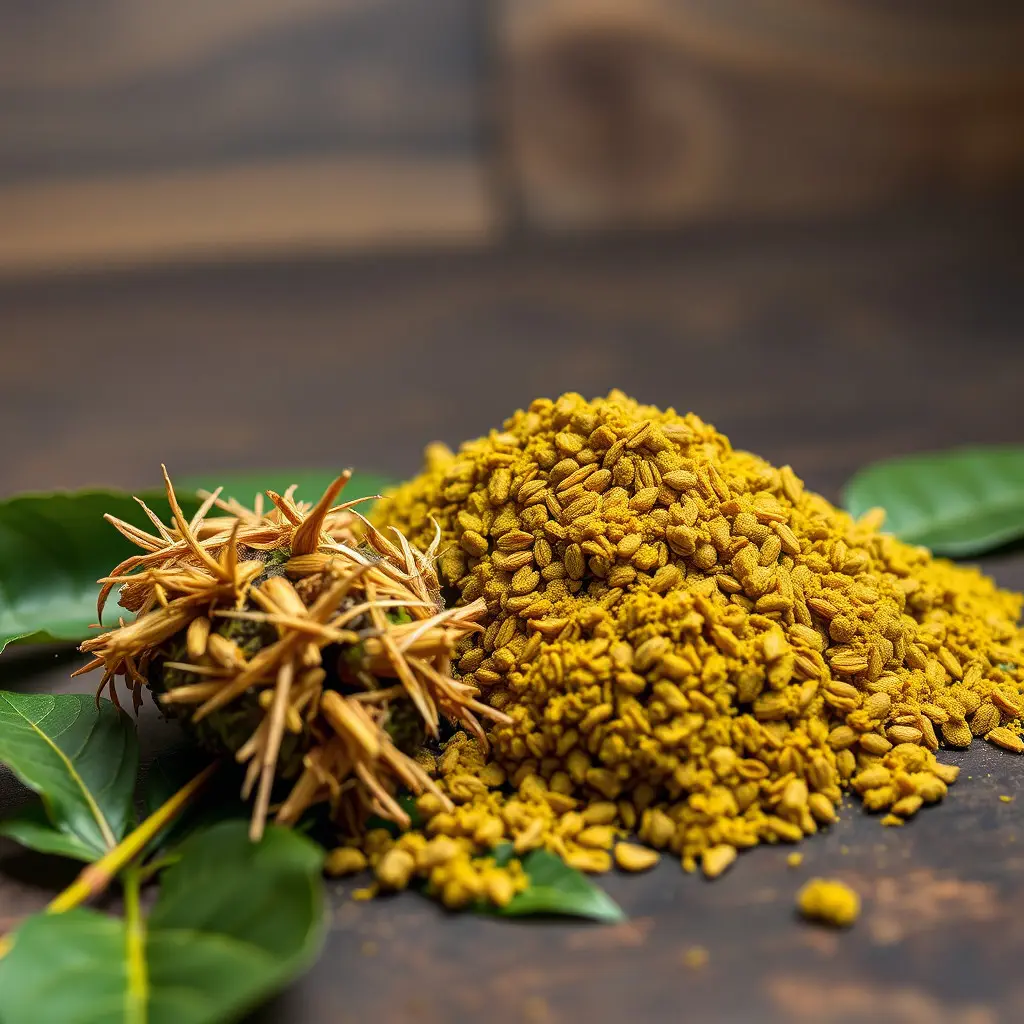Chronic pain affects millions globally, impacting daily life. Traditional treatments offer relief but aren't always effective. Indiana kratom, a natural herb with opioid-receptor interactions, provides potential analgesic benefits with fewer side effects than opioids. However, due to varying potencies and individual reactions, it's essential to approach this method cautiously under professional guidance.
Chronic pain is a complex condition affecting millions worldwide. This article explores kratom as a potential natural solution for managing chronic pain, focusing on its origins, benefits, and accessibility in Indiana. We’ll guide you through understanding chronic pain, the role of kratom, legal considerations, safe usage, and integrating it into treatment plans under professional supervision. Discover how kratom could offer relief and improve your quality of life.
- Understanding Chronic Pain and Kratom: A Natural Approach
- – Definition and causes of chronic pain
- – The role of kratom in managing chronic pain: a herbal solution
Understanding Chronic Pain and Kratom: A Natural Approach
Chronic pain is a complex and persistent condition affecting millions worldwide. Often stemming from various sources such as injuries, illnesses, or neurological disorders, it can significantly impact an individual’s quality of life. Traditional management strategies may include medications, physical therapy, and psychological interventions, but for many, these approaches provide only partial relief.
Kratom, a natural herb originating from Southeast Asia, including Indiana kratom varieties, has gained attention as an alternative solution for chronic pain management. Its active compounds interact with opioid receptors in the brain and body, offering analgesic effects while potentially causing fewer side effects than prescription opioids. However, it’s essential to approach this natural approach with caution and under professional guidance due to varying potencies and individual reactions.
– Definition and causes of chronic pain
Chronic pain is a complex and persistent condition affecting millions worldwide. Unlike acute pain, which serves as a warning signal for potential harm, chronic pain continues long after the initial injury or illness has healed. It can arise from various sources, including injuries, conditions like arthritis or fibromyalgia, nerve damage, and even certain medical treatments. In Indiana, where kratom is widely accessible, many residents are exploring alternative solutions for managing this debilitating condition.
The impact of chronic pain extends beyond physical discomfort, often leading to emotional distress, sleep disturbances, and decreased quality of life. Traditional treatments, such as pharmaceuticals, may offer temporary relief but can be ineffective for some individuals or come with significant side effects. This has driven many people to seek alternative remedies like kratom, a natural herb known for its pain-relieving properties.
– The role of kratom in managing chronic pain: a herbal solution
Kratom, a natural herb originating from Southeast Asia, has gained attention as an alternative solution for managing chronic pain. Often hailed as “Indiana kratom” among its proponents, this plant contains compounds that interact with opioid receptors in the body, offering potential relief without the same level of addiction risk associated with pharmaceutical opioids. Its analgesic properties make it a compelling option for individuals seeking non-conventional treatments to mitigate persistent pain conditions such as arthritis, fibromyalgia, and nerve damage.
Research into kratom’s effectiveness continues to evolve, with some studies suggesting its ability to reduce pain and anxiety. The herb’s accessibility in various forms like powder, capsules, or tea allows for personalized dosing and administration methods. However, it’s crucial to approach kratom as part of a holistic pain management strategy, combining it with other therapeutic interventions, under the guidance of healthcare professionals.
Kratom, a natural herb originating from Indiana, has shown promise in chronic pain management. By understanding the causes and exploring alternative solutions like kratom, individuals can find relief and improve their quality of life. Further research and professional guidance are essential to harness kratom’s potential safely and effectively.






